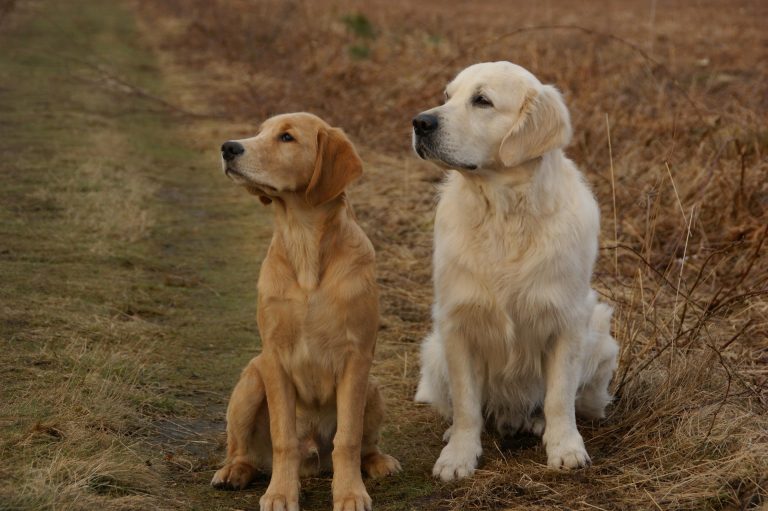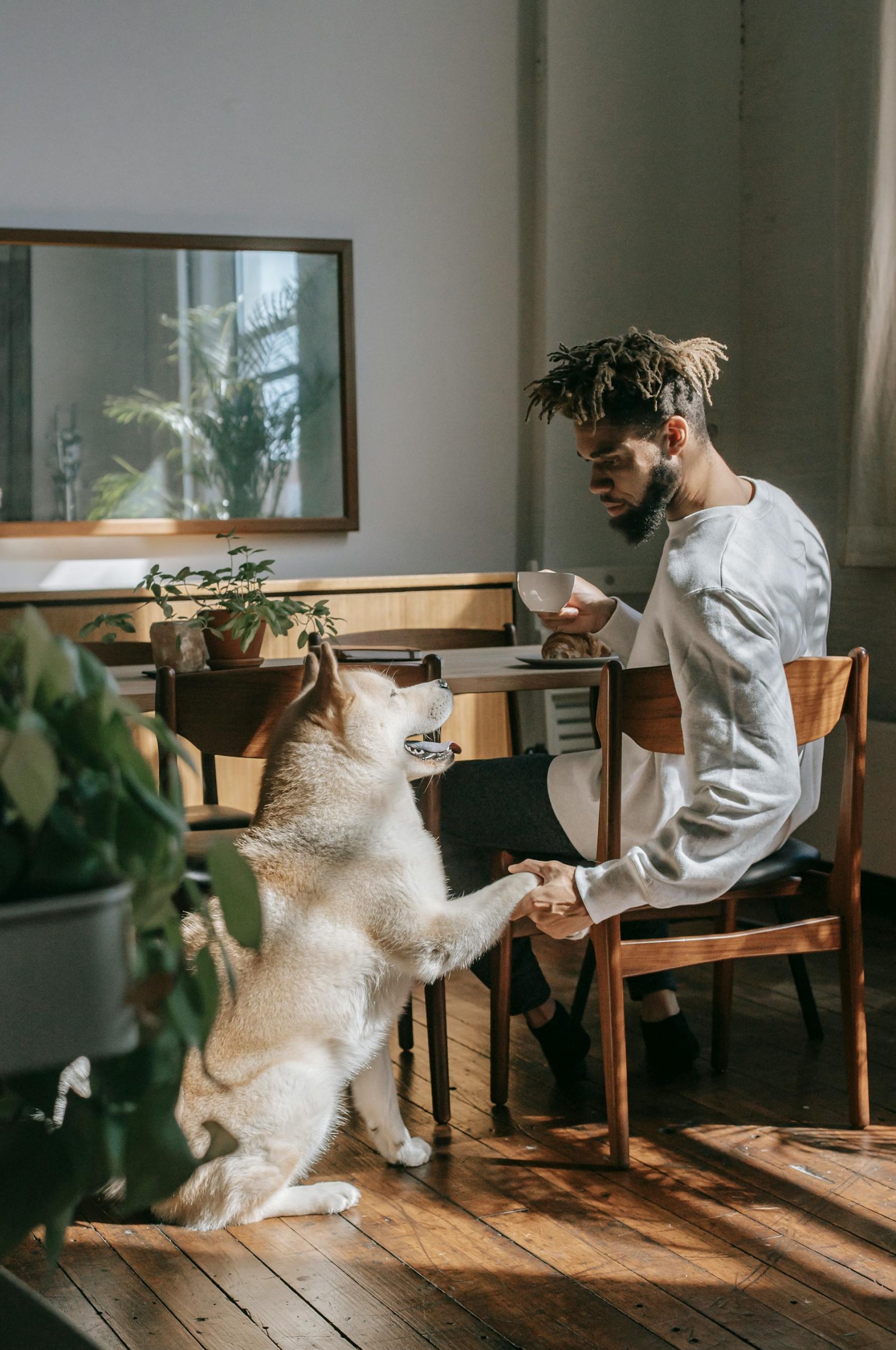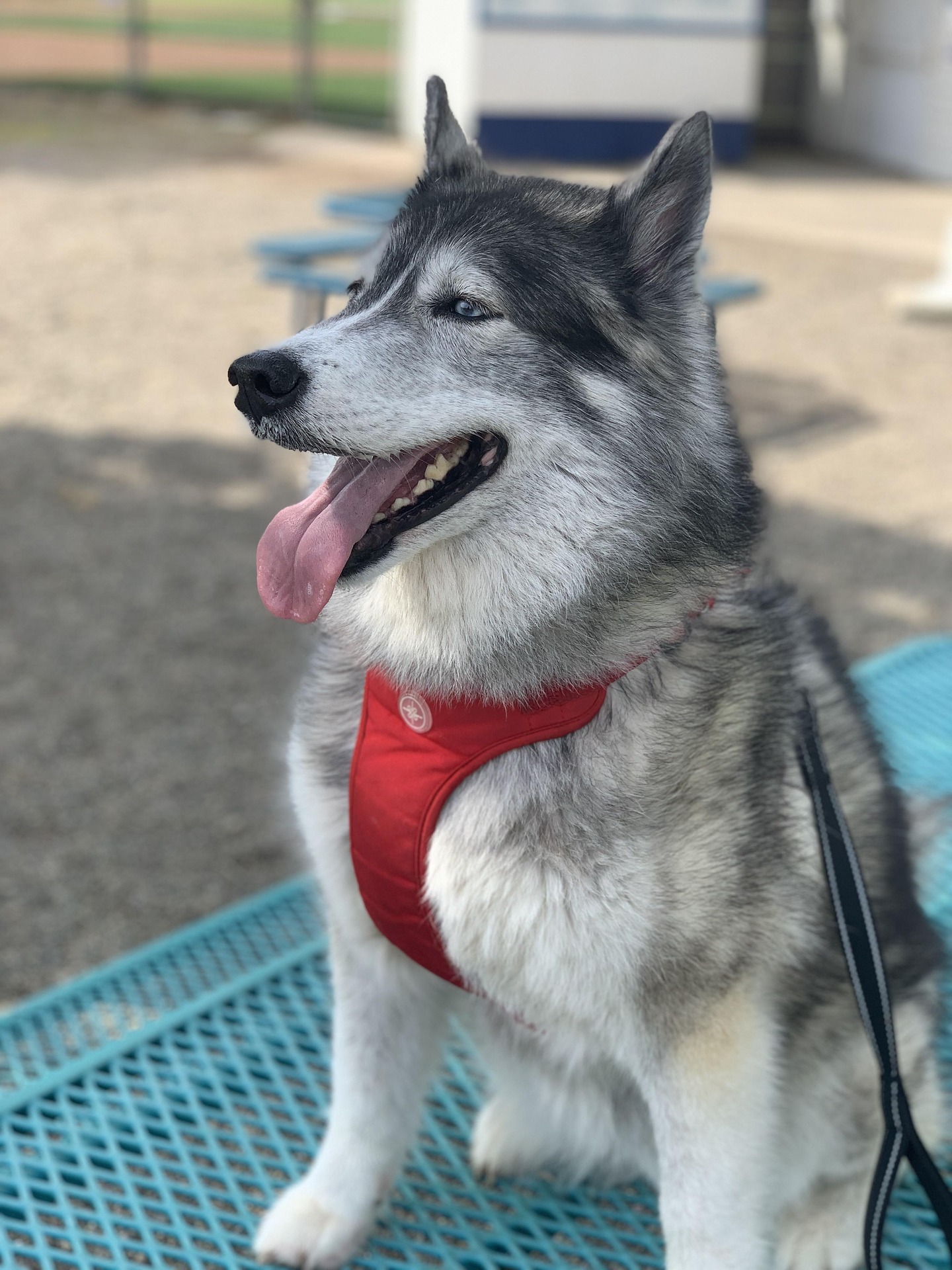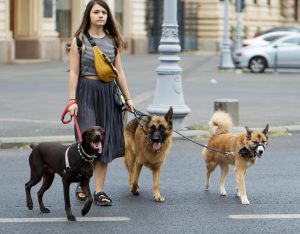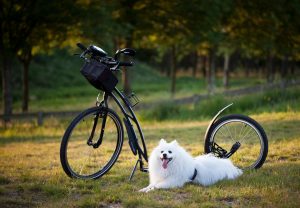I’ve been living with dogs for more than thirty years, and if there’s one lesson I wish every new dog owner understood, it’s this: the little exercises you do at home can matter more than the miles you walk outside. Training isn’t just about manners or tricks. Done right, it strengthens joints, builds balance, and keeps a dog’s body young long after the muzzle turns gray.
Over the years, I’ve turned what look like small training games into routines that gave my dogs strength where they needed it most. Let me share three of them, along with the stories that taught me why they matter.
The Hind-Leg Lift: Building Strength Where Dogs Need It Most
You might notice that your dog is not rising from the floor as easily as before. He might hesitate for a moment, almost like he was testing whether his back legs could handle the push. This is your signal to intervene early. You can start doing this exercise even before that.
Here’s how we did it: I stood beside Milo, my dog, placed one hand gently under his belly for support, and used my other hand to encourage him to shift his weight to three legs. Then I’d guide one hind leg straight back, like he was stretching, and hold it there for a second before letting it return to the ground. At first, he was not sure what I wanted. But with calm praise and a treat at the end, he quickly figured out it wasn’t a punishment, just a new game.
That small movement worked wonders. It engaged muscles deep in his hips and thighs that walking alone never touched. After a few weeks of short sessions, just three lifts on each side every day, you will start noticing a difference in your dog’s movement. He will stood up straighter and move with more confidence, and his stiffness after naps will vanish.
The Front-Leg Reach: Teaching Balance and Coordination
Living with a Jack Russell means you have a dog that can sprint for hours, yet sometimes, he might have challenges walk across the kitchen without knocking into a chair. He is all energy, and often, no body awareness. Yet, with this exercise, we quickly changed that.
The exercise is simple. With Milo standing, I’d kneel in front of him and hold a treat just beyond one paw. He’d stretch his leg forward to reach for it. The goal was a slow, steady reach, not a paw swipe. Once his paw was extended, I’d praise him, let him hold it a second, and then let him place it back down. Then we’d switch sides.
At first he’d slap at the treat impatiently, frustrated that I wasn’t handing it over. But as the days went on, his movements became more controlled. Reaching forward like that strengthened his shoulders and chest, and it taught him balance and impulse control. I noticed it most during our walks, suddenly he wasn’t crashing into my legs every time we changed direction. His movements had purpose, not just speed.
Sit-to-Stand Repetitions: The Canine Version of Squats
Every dog does it dozens of times a day, but turning sit-to-stand into a controlled exercise adds a whole new layer of benefit.
Here’s what it looks like: I’d ask him to sit fully, making sure his rear touched the floor. Then, with a calm cue, I’d encourage him to rise to his feet. The key wasn’t speed but control. No pushing up with elbows, no collapsing halfway through. Just a clean sit, a clean stand, repeated a handful of times.
At first, Milo would gave me that look every dog owner knows, the one that says, “Really? Again?” But over time, the repetition built his rear-leg muscles and kept his joints flexible. I believe those daily sit-to-stands will bring him at least a couple of comfortable years in old age. He might not sprint anymore, but I want him to be able to rise from his bed without groaning. That matters more to me than any trick.
How to Get Started on Training and Exercising
These three exercises don’t take more than a few minutes a day. You do not need fancy equipment or a big backyard. What you need is patience, consistency, and willingness to celebrate small victories.
I’ve seen firsthand how they help: the stiff dog who moved freely again, the clumsy pup who found his balance, and a senior dog who kept his dignity. Dogs don’t care that these are “exercises.” To them, it’s just another moment of connection with you. But to us, it’s one of the best gifts we can give back: a stronger, healthier body for the years they spend by our side.
How to Work These Exercises Into Daily Life
When people ask me how often to do these routines, I always tell them: keep it simple. You don’t need marathon sessions, and you definitely don’t want your dog exhausted or sore the next day.
Here’s a sample routine that worked for me and my dog:
Hind-leg lifts: 3–5 reps per leg, once a day.
Front-leg reaches: 3–5 reps per leg, once a day.
Sit-to-stand repetitions: Start with 5, and slowly build up to 10–12 as your dog grows stronger.
I usually worked them in before meals, when Milo is eager for food rewards. You could also do them after a short walk when the muscles are warm. Always keep the surfaces non-slip, sessions brief, and watch your dog’s body language. A little resistance is normal; outright discomfort is not.
These small exercises can become part of your rhythm. They don’t just build strength and balance, they build a sense of teamwork. Working with your dog will help him understand to trust you for anything.
So if you’re looking for a way to help your dog’s health without fancy equipment or endless vet bills, start here. A few minutes a day, a few thoughtful movements, and you’ll be giving your dog the kind of strength and comfort that lasts long past puppyhood.

